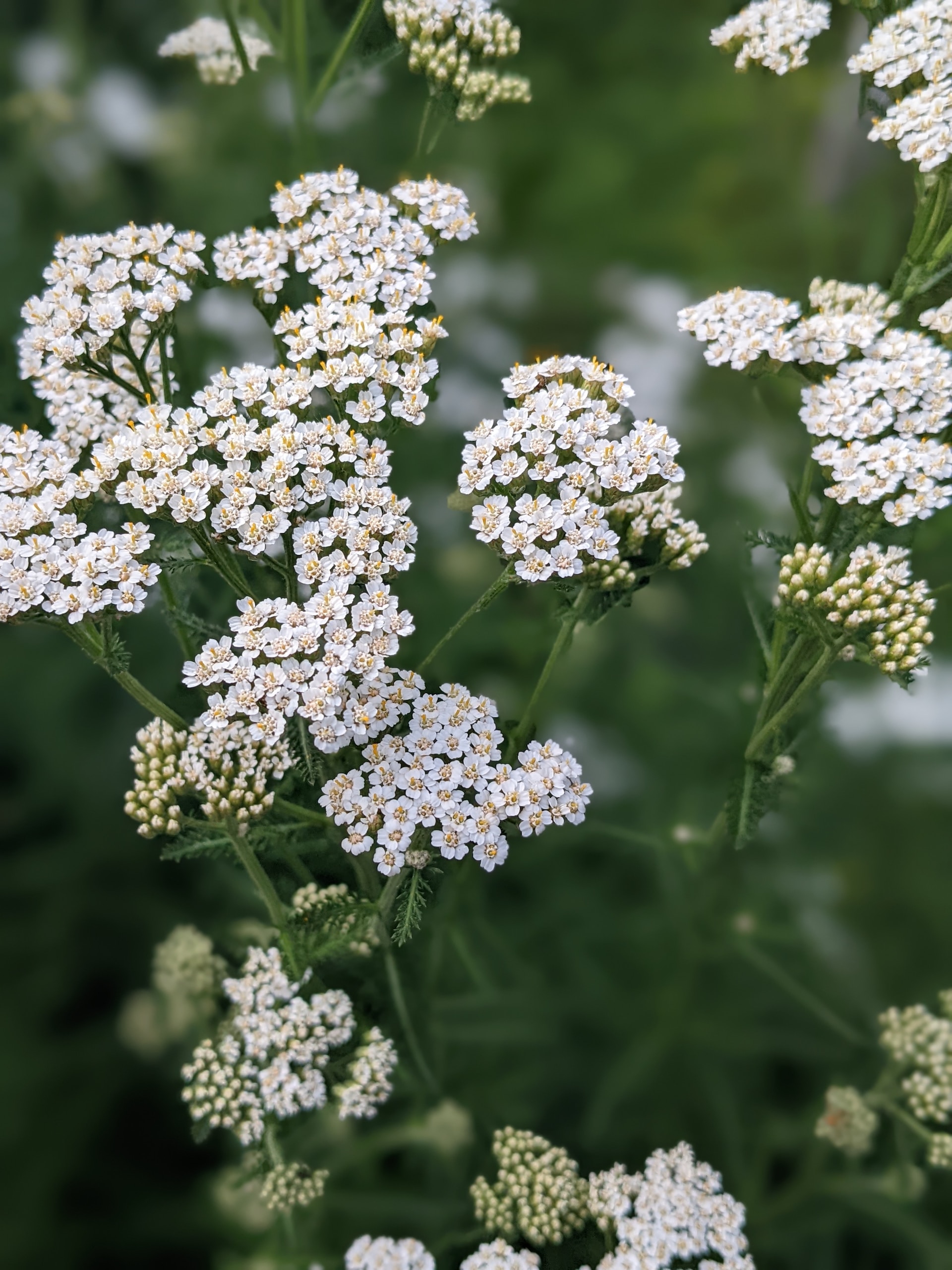An Overview of Native Plant Societies
Native Plant Societies hold the torch of preserving the local biodiversity. These non-profit organizations aim to protect, conserve, and promote the native flora of their respective regions. They provide resources, education, and advocacy towards protecting and appreciating the ecological significance of native plants.
Across the United States, numerous Native Plant Societies contribute considerably to these efforts. The California Native Plant Society deploys scientific advocacy to conserve California’s unique flora. Wild Ones promotes native landscaping, while the Native Plant Society of Texas encourages the utilization of native plants in Texan landscapes.
Each state has its Native Plant Society and nurseries that support native plant growth. Georgia’s native plant nurseries DBM, Nearly Native Nursery, Night Song Native Plant Nursery, and Georgia Native Plant Society actively propagate regional native plants. References for an extensive list of such nurseries can be found here.
Joining a Native Plant Society
On an individual level, joining a Native Plant Society can amplify your impact on preserving biodiversity. As members, citizens get a platform to contribute to conservatory efforts while also learning about the important role native plants play in our ecosystems.
The joining process is open to anyone interested, and often begins by choosing your local society from a national directory. Post-registration, members can access resources, participate in local activities, and learn from experts in the field.
Some societies go a step further and offer site analysis of local landscapes to optimize native plant growth. For instance, members can sign up for an introduction course to site analysis here.
Introduction to Wildlife Gardening
Wildlife gardening is a fundamental approach to preserving ecosystems by creating a favourable environment for local plants and animals. Besides adding aesthetic value, these habitats serve as a sanctuary for wildlife, promoting biodiversity.
Starting a wildlife garden can be as uncomplicated as growing native plants, creating small ponds, or installing birdhouses. The essence is to recreate the micro-habitat conditions that allow wildlife to thrive.
Several individuals and communities have successfully maintained the ecological balance using wildlife gardening. Take Jennifer and her Boulder-based “Garden Sanctuary;” she integrated native plants attracting different animal species and creating a flourishing ecosystem in her backyard.
Experts and Resources for Wildlife Gardening
A hub of wildlife gardening experts in the USA helps enthusiasts create functional and beautiful habitats. Notable figures include Doug Tallamy, a professor in entomology and wildlife ecology, and Sara Stein, author of the influential wildlife gardening book “Noah’s Garden.”
Besides individuals, organizations like the National Wildlife Federation and local Native Plant Societies offer support, guidance, and training for wildlife gardening. They provide practical strategies on creating and managing wildlife habitats.
In addition, newsletters like the National Wildlife Federation’s Garden for Wildlife newsletter, found here, offer regular updates and inspiration to fuel your wildlife gardening journey.

